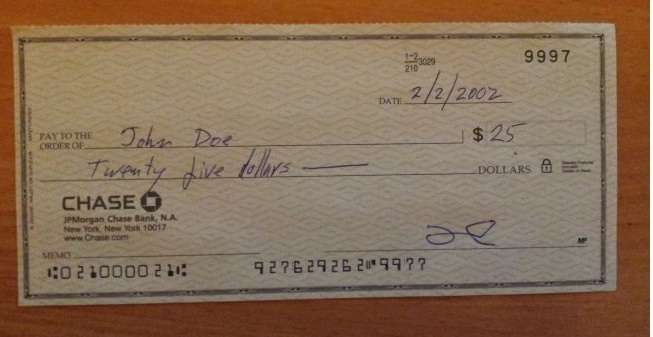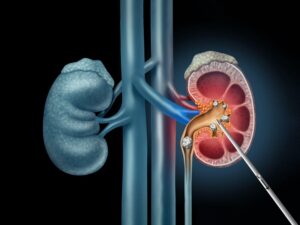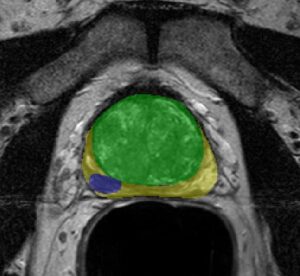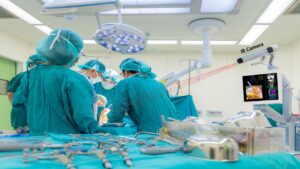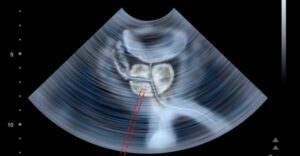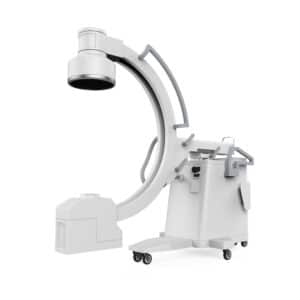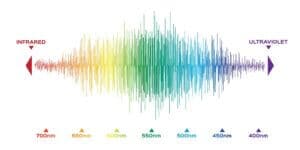It is now acceptable in many bank to deposit checks using a scan (image) of the filled and signed check. The depositor can use his/hers smartphone camera to perform this operation. Guidelines for digital check deposit include strict requirements on the depositor end, such as acceptable aspect ratio of the check, the camera angle, the brightness, image resolution and the acceptable defects (folding, shadows falling on the checks and the like).
To accurately digitize and transmit check information from smartphones to the bank, RSIP Vision has built an automatic check identification and OCR method in accordance with those digital transfer guidelines. The check scanner algorithm is based on input from smartphone camera. User places the camera above the check (no need to take a photo) and the algorithm does all the rest.
Several steps are involved in this process. The initial step is to identify the check’s boundaries. This is not always a trivial task in natural imaging conditions, when the edges might blend with the background. Furthermore, the format of checks in terms of color and background image might differ from depositor to depositor (indeed the US systems allows having check books with various colors and pictures printed on them). Our algorithm overcomes these difficulties and finds the check with rectangular boundaries matching in the limits imposed by the digital transfer guidelines. The automatized process of boundary detection also allows us to detect any defects in the check such as folded corner, tears, cuts and other abnormalities which will result in the rejection of the digital transfer.
At the next stage, the OCR check scanner (where OCR stands for Optical Character Recognition) needs to extract the characters in the check, including the handwritten ones. Fields such as the depositor’s name and signature and the check amount need to be clearly extracted and communicated to user for approval. To this end, our check scanner employs cutting-edge OCR algorithms which reliably extract these information.
The algorithm can be integrated in the banks application on the smartphone or as a standalone. Indeed, this kind of software is now offered by banks throughout the world. RSIP Vision continues to work at the frontline of OCR algorithmic development. Please contact us to discuss how we can help you succeed with your OCR tasks.

